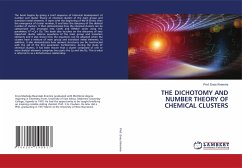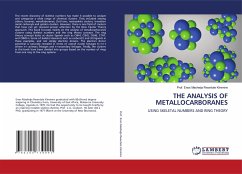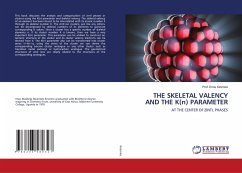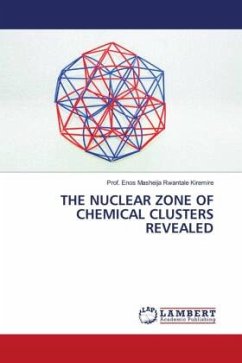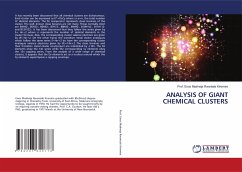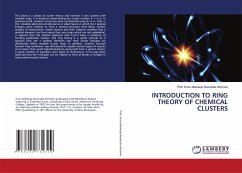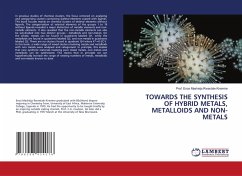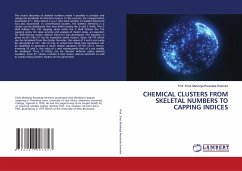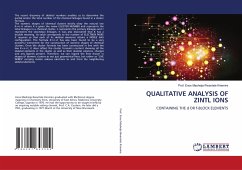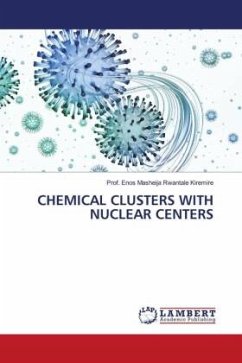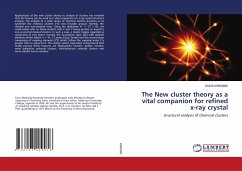
The New cluster theory as a vital companion for refined x-ray crystal
structural analysis of chemical clusters
Versandkostenfrei!
Versandfertig in 6-10 Tagen
51,99 €
inkl. MwSt.

PAYBACK Punkte
26 °P sammeln!
Applications of the new cluster theory to analysis of clusters has revealed that the theory can be used as a vital companion for x-ray crystal structure analysis. The analysis of a wide range of chemical clusters prompts us to subdivide the chemical clusters into two broader groups. Namely, the classical and non-classical ones. Using the symbolism K_ = CY + Dz, we could safely refer to those clusters with Z and Y being greater or equal to one as normal classical clusters. In such a case, a cluster maybe regarded as comprising of two layers: namely, the foundation layer (DZ) with skeletal eleme...
Applications of the new cluster theory to analysis of clusters has revealed that the theory can be used as a vital companion for x-ray crystal structure analysis. The analysis of a wide range of chemical clusters prompts us to subdivide the chemical clusters into two broader groups. Namely, the classical and non-classical ones. Using the symbolism K_ = CY + Dz, we could safely refer to those clusters with Z and Y being greater or equal to one as normal classical clusters. In such a case, a cluster maybe regarded as comprising of two layers: namely, the foundation layer (DZ) with skeletal elements which follow S = 4n +2 series (Closo family) and the second layer comprising of capping elements (CY) which follow the capping series Y is greater than or equal to 0. The clusters which have been encountered that vividly portray these features are Matryoshka Clusters, golden clusters, some palladium carbonyl clusters, nikel-platinum carbonyl clusters and some metallic boron clusters.



